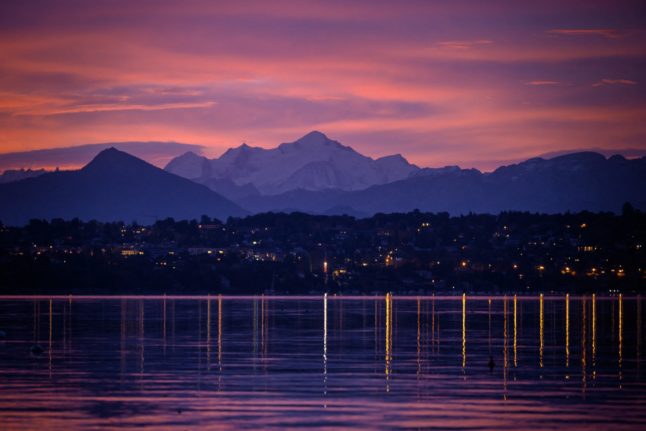Most of Valais is covered by the Alps, including the iconic Matterhorn, so it is no wonder that the canton’s peaks and valleys are a popular destination for sports and leisure enthusiasts alike.
However, although stunningly beautiful, the mountains can also be deadly.
For instance, this year alone, the canton’s Alpine ranges have claimed 27 lives — 20 climbers and seven hikers — a record number of deaths for this period.
These accidents have prompted the Valais police to reinforce its rescue and intervention unit, so that help can be given as soon as possible when an accident is reported.
Has the number of mountain deaths increased over the years?
Statistics show that it has.
As a comparison, a total of 17,700 people died in the Swiss Alps at the beginning of 2000s.
Today that number is more than double — 36,000 deaths, according to the Accident Prevention Bureau (BPA).
READ ALSO: British climber’s remains found in Swiss Alps 52 years later
Why do so many people die in the mountains?
You may think this is because people engage in extreme and risky sports, such as for example rope climbing on dangerous rock surfaces.
But that is only a small part of the overall reasons.
One of the reasons cited by experts is sheer numbers.
“The peak of accidents observed in recent days is linked to the very large number of people in the mountains at the same time,” Pierre Matthey, secretary general of the Swiss Guides Association, told Le Temps.
So in this case at least, the saying ‘safety in numbers’ doesn’t hold true because with more people using the same trails at the same time, the risk of tripping, slipping and falling is higher.
But there is another reason as well, according to Matthey: lack of preparation.
Many climbers and hikers “overestimate themselves or underestimate the conditions and therefore they lose control of the situation. The key word is to adapt to the conditions of the day.”
How can you stay safe in the mountains?
The BPA advises all climbers and hikers, regardless of their fitness level and experience, to follow these guidelines:
- Choose a trail that matches your abilities and don’t go over your limits.
- Plan your hike or climb carefully: route, duration, level of difficulty, forecast, weather, and other conditions.
- Have adequate equipment: rope, possibly helmet and, for emergencies, mobile phone, survival blanket and first-aid kit.
- Eat and drink enough, and take regular breaks. Consider the schedule and the weather; if necessary, turn back in time.
A judicious advice is also to avoid trails known for being particularly perilous:
READ ALSO: Where are Switzerland’s most dangerous hiking trails?



 Please whitelist us to continue reading.
Please whitelist us to continue reading.
Member comments